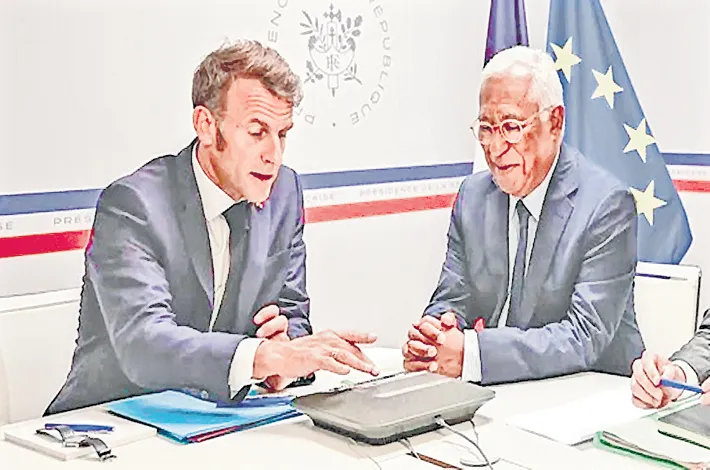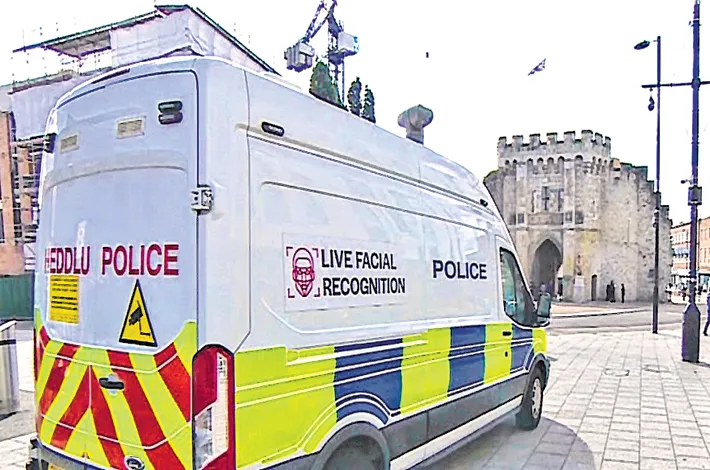The Case of the Vanishing Lotus in kurnool
10-06-2025 12:00:00 AM

In the dusty heart of Kurnool, Andhra Pradesh, where the Tungabhadra River whispered secrets to the ancient rocks, Detective Vikram Reddy nursed a cup of filter coffee at a roadside stall. It was July 2025, and the city simmered under a relentless sun. Vikram, a wiry man in his late thirties with sharp eyes and a penchant for solving puzzles, had earned a reputation in the Andhra Pradesh CID for cracking cases others deemed impossible. But the call he received that morning was unlike any other.
The case began at the Belum Caves, a sprawling network of limestone caverns just outside Kurnool, a site as old as time itself. A priceless artifact—a 12th-century lotus medallion, said to be blessed by a Chola priest—had vanished from a secure display during a heritage exhibition. The medallion, encrusted with emeralds and inscribed with Tamil script, was more than a relic; locals believed it held protective powers. Its theft had sparked outrage, and the pressure was on Vikram to recover it before the news spread beyond Kurnool.
Vikram arrived at the caves by noon, his jeep kicking up red dust on the narrow road from Kurnool. The exhibition site was cordoned off, with police constables sweating under their caps. The curator, Dr. Lakshmi Rao, a nervous woman in her fifties, met him at the entrance. “It was locked in a reinforced glass case,” she said, wringing her hands. “No alarms, no signs of tampering. It’s as if it vanished into thin air.” Vikram’s eyes scanned the cavern’s damp walls, the stalactites glistening like teeth. “Nothing vanishes,” he muttered. “It’s just hiding.”
He began with the basics. The case’s lock was intact, the security cameras showed no intruders, and the guards swore no one had entered after hours. The only people with access were Dr. Rao, two junior staff, and a local historian, Professor Anand, who’d been cataloging artifacts. Vikram questioned them all. The staff seemed shaken but cooperative, their alibis solid—both were home with family the previous night. Professor Anand, a portly man with a penchant for dramatic gestures, was indignant. “I’ve dedicated my life to preserving history, not stealing it!” he protested. Vikram noted his defensiveness but had no evidence to press further.
The breakthrough came when Vikram examined the display case again. A faint smudge on the glass caught his eye—not a fingerprint, but a residue, oily and slightly fragrant. He scraped it into a vial and sent it to the forensic lab in Kurnool. While waiting for results, he explored the caves, his flashlight cutting through the darkness. The Belum Caves were a labyrinth, with hidden chambers and narrow passages. Locals spoke of smugglers using them decades ago. Could the thief have used an unmapped route?
Back in Kurnool, Vikram visited the local market, where whispers of the theft were already spreading. At a stall selling brass idols, an old vendor squinted at him. “You’re the detective, aren’t you? Be careful. That lotus isn’t just gold and gems—it’s cursed.” Vikram dismissed the superstition but noted the vendor’s mention of a “new buyer” in town, a man asking about Chola artifacts. The description was vague—tall, bearded, always in a hurry—but it was a lead.
The forensic report arrived that evening: the residue was a rare sandalwood oil, used in temple rituals and by antique dealers to polish relics. It wasn’t something the average thief would carry. Vikram’s mind raced. Sandalwood oil suggested someone handling artifacts with care, someone who knew their value. He cross-checked the alibis again, focusing on Professor Anand. The historian had mentioned a late-night meeting with a “colleague” at a guesthouse near Orvakal Rock Garden, but no one had corroborated it.
Vikram drove to the guesthouse, a modest place overlooking Kurnool’s rugged landscape. The manager confirmed Anand’s visit but added a detail: he’d been with a man matching the vendor’s description—tall, bearded, carrying a leather satchel. The man had left before dawn. Vikram’s gut told him the medallion was still close, likely hidden until it could be smuggled out of Kurnool.
He returned to the caves at dusk, this time with a thermal imaging drone, borrowed from the Kurnool police’s new tech unit. If the thief had used a hidden passage, residual heat from their presence might linger. The drone scanned the caverns, and within an hour, it detected a faint heat signature in a narrow tunnel branching off the main chamber. Vikram crawled through, his flashlight revealing fresh footprints in the damp earth. At the tunnel’s end, tucked behind a stalagmite, was a small metal box. Inside, wrapped in cloth, was the lotus medallion, its emeralds glinting even in the dim light.
But who had hidden it? Vikram set a trap. He leaked word to the press that the medallion was still missing but that a suspect was in custody. That night, he staked out the caves with two constables. At 2 a.m., a figure emerged from the shadows—Professor Anand, sweating despite the cool night, heading straight for the hidden tunnel. Vikram stepped forward, his voice calm but firm. “Looking for something, Professor?”
Anand froze, then tried to bolt. The constables apprehended him, and under questioning, he crumbled. He’d planned to sell the medallion to a collector in Hyderabad, using the bearded man as a middleman. The sandalwood oil was his mistake—he’d used it to clean the artifact before hiding it, hoping to retrieve it after the investigation cooled.
As dawn broke over Kurnool, the medallion was returned to the exhibition, and Anand was in custody. Vikram stood by the Tungabhadra, watching the river catch the first light. The case was closed, but he knew Kurnool’s secrets ran as deep as its caves. He finished his coffee, already wondering what puzzle the city would throw at him next.








